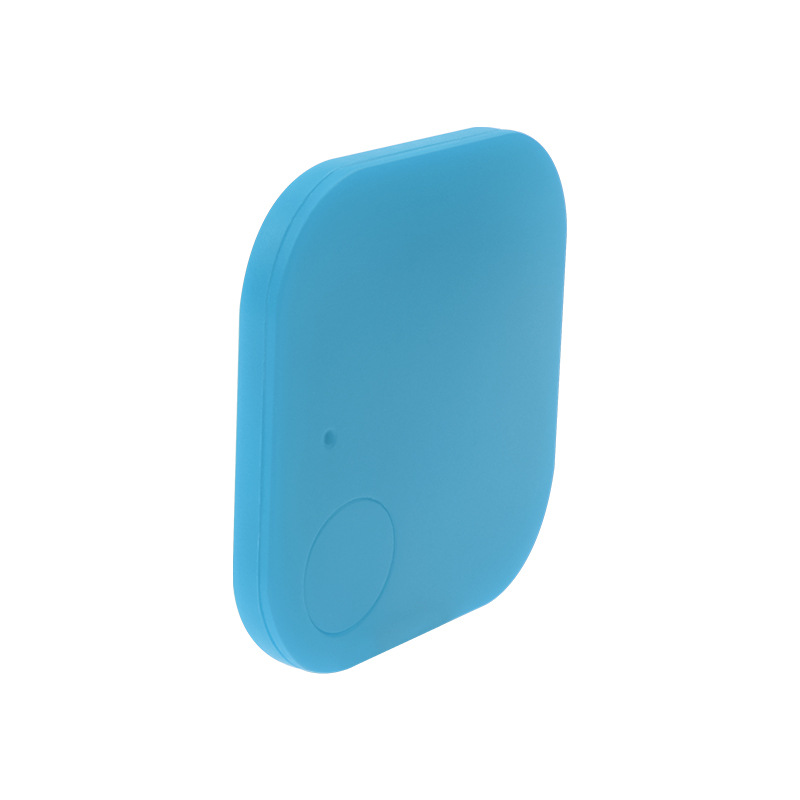
Bluetooth beacons represent an important evolution in location-based technologies. These small, inexpensive transmitters have already opened new doors for businesses and consumers. However, beacons are still in their infancy, with exciting developments on the horizon.
Beacons provide a bridge between the digital and physical worlds. By detecting a user’s proximity to a fixed beacon location, they enable position-specific experiences like personalized ads, navigation aids and more. Apple first introduced mainstream support for beacons in 2013, though similar technologies predate this.
Initially, basic beacon hardware was limited to transmitting a single ID. Mobile apps needed an integration to recognize these IDs and trigger actions. This meant beacon capabilities remained walled off in separate apps. However, beacons and accompanying software services have since become more versatile and powerful.
Beacons can now store and transmit a variety of data like URLs, temperature, battery status and motion activity. Web URLs opened beacons up to interactivity via any web-connected device, without a specific app required. Spatial positioning tech has also advanced to support mapping beacons’ relative locations to each other, enabling indoor navigation networks.
Cloud platforms have also evolved to unlock more robust beacon solutions. Providers like Kontakt.io and Radius Networks now offer services to register, configure and manage expansive beacon networks from a central dashboard. Users can set data fields, change transmission ranges, update firmware and more remotely.
This infrastructure allows for some of the most promising future beacon applications. For example, mesh networks where beacons connect to each other and self-report problems. Or environmental sensor beacons that detect room occupancy, noise levels, and hazardous conditions to optimize HVAC and lighting.
The possibilities extend to smart homes and cities. Beacons embedded in appliances and fixtures could provide control and tracking. Municipal beacon networks would allow cities to monitor traffic, public transit use, pedestrian patterns and more.
Of course, major challenges remain around cost, battery life, security and privacy. Data collection via beacons represents a double-edged sword – valuable insights vs. potential misuse. Standards are also still coalescing. But the flexibility of both beacon hardware and the software ecosystem points to solutions arriving for current limitations.
With incremental enhancements, Bluetooth beacon technology has grown from a basic proximity detector to an increasingly full-featured location platform. The future looks bright for beacons to expand and mesh into the very fabrics of our buildings, vehicles, public spaces and devices. The physical world is getting an ever-expanding digital shadow – and beacons are leading the charge.



